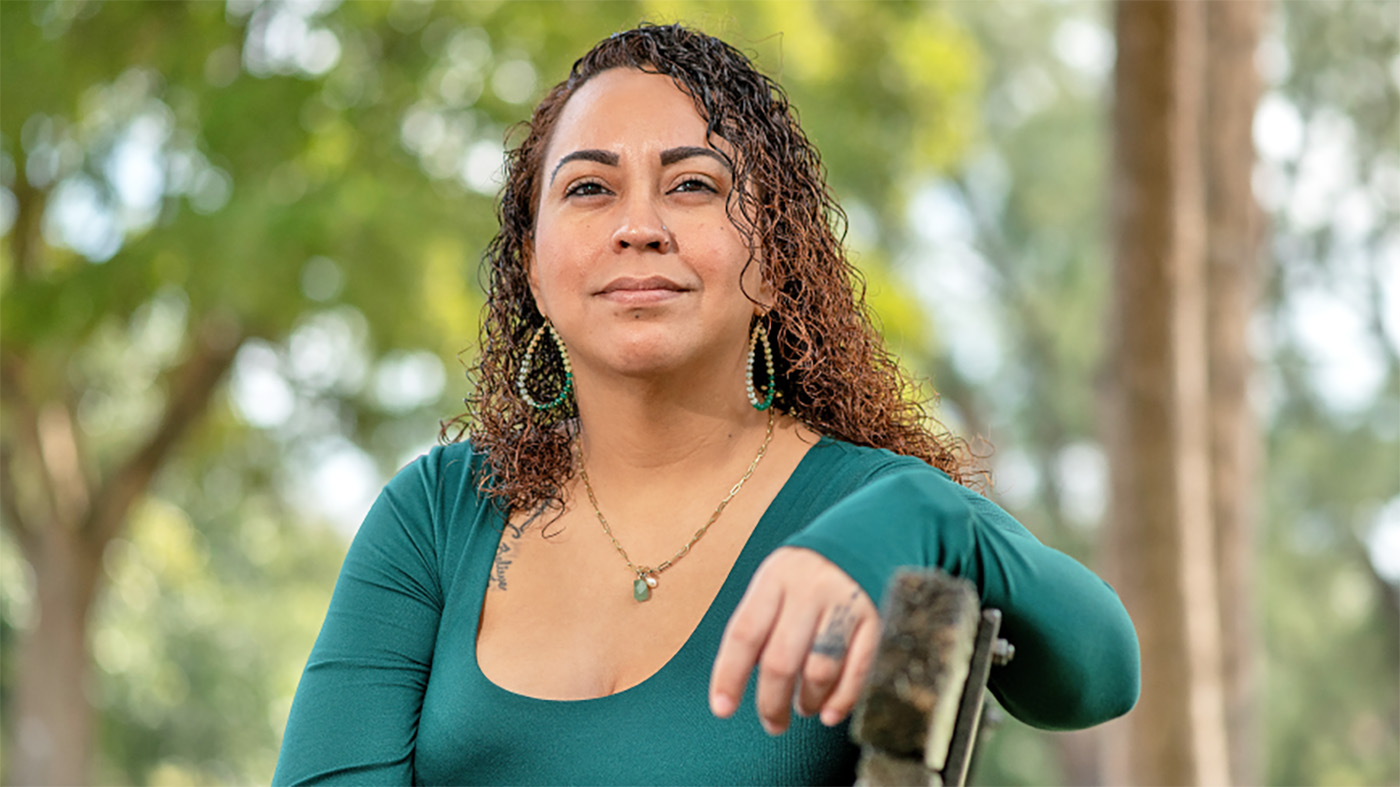Taking the time to take care of yourself before a suicide crisis is key to prevention.
For many of us, it doesn’t seem like there are enough hours in the day. You might be constantly prioritizing how you spend your time, with some things inevitably creeping down the to-do list. But what if you could do one thing that could potentially save your life? Would you do it?
I’m talking about being ready in case a suicide crisis happens. No one knows if or when one will strike. But in times of crisis, every second counts.
1. Take the time to recognize the signs of suicide crisis
Everyone faces challenges and some of those challenges may develop into a suicide crisis. Recognizing a crisis in yourself can help you know when to find support.
Crisis signs: These signs require immediate attention. If you’re experiencing any of these and need medical attention, call 911 now. For immediate help in dealing with a suicide crisis, contact the Veterans Crisis Line: Dial 988 then Press 1.
- Thinking about hurting or killing yourself immediately.
- Looking for ways to kill yourself right now.
- Talking about death, dying or suicide in an immediate sense.
- Self-destructive behavior, such as drug abuse, risky use of weapons, etc.
Warning signs: These signs may indicate you need help. If you’re experiencing any of these, contact the Veterans Crisis Line now: Dial 988 then Press 1.
- Feeling sad or depressed most of the time.
- Experiencing hopelessness.
- Experiencing anxiety, agitation, sleeplessness or mood swings.
- Feeling as if there is no reason to live.
- Feeling excessive guilt, shame or sense of failure.
- Expressing rage or anger.
- Engaging in risky activities without thinking.
- Increasing alcohol or drug misuse.
- Losing interest in hobbies, work or school.
- Neglecting personal welfare and appearance.
- Withdrawing from family and friends.
- Showing violent behavior, like punching a hole in the wall or getting into fights.
- Giving away prized possessions.
- Getting affairs in order, tying up loose ends or writing a will.
2. Take the time to make a safety plan
VA’s Safety Plan app helps you create a custom step-by-step action plan to keep yourself safe when experiencing thoughts about suicide or self-harm. The app helps you identify personal coping strategies and sources of support, giving thoughts of suicide time to decrease and become more manageable. Once you create your Safety Plan, you can identify your reasons to live and explore more tools to help you cope.
3. Take the time to think about risk and protective factors in your life
There is no single cause. Suicide is the result of a complex interaction of risk and protective factors at the individual, community and societal levels.
Risk factors are associated with an increased likelihood of suicidal behaviors and can include:
- Prior suicide attempt history.
- Certain mental health conditions.
- Access to lethal means, like guns or certain medications.
- Stressful life events, such as divorce, job loss or the death of a loved one.
Protective factors can help offset those risk factors and are characteristics associated with a decreased likelihood of suicidal behaviors. They include:
- Access to mental health care.
- Feeling connected to other people.
- Positive coping skills.
Veterans also have unique characteristics and experiences related to military service that may increase suicide risk or protect against it:
- Veteran risk factors: transition-related challenges, posttraumatic stress disorder, traumatic brain injury and experience with guns.
- Veteran protective factors: resilience, a sense of belonging and purpose through military service, access to VA mental health care and care for substance use disorders and positive coping skills learned in high-stress settings.
4. Take the time to learn about secure storage practices
Increasing the time and distance between a person in a suicide crisis and their access to lethal means—like guns, medications, alcohol, opioids, ropes, cords or sharp objects—can reduce suicide risk and save lives. VA’s Keep It Secure program promotes awareness about the simple steps you can take to protect yourself and your family.
5. Take the time to talk to someone
Even if you think you’re OK, it might be helpful to talk with someone who understands what you’re going through. Veterans Crisis Line responders are trained in military culture, and some responders are Veterans.
If you’re a Veteran in crisis or concerned about one, contact the Veterans Crisis Line to receive 24/7 confidential support. You don’t have to be enrolled in VA benefits or health care to connect. To reach responders, Dial 988 then Press 1, chat online at VeteransCrisisLine.net/Chat, or text 838255.
I remember an old saying, “There’s no time like the present.” Don’t wait. Take the time now to be prepared in case a crisis happens.
Topics in this story
More Stories
Bob Jesse Award celebrates the achievements of a VA employee and a team or department that exemplifies innovative practices within VA.
The Medical Foster Home program offers Veterans an alternative to nursing homes.
Watch the Under Secretary for Health and a panel of experts discuss VA Health Connect tele-emergency care.







very informative Like the fact it was pointed out Military we had a sense of belonging and purpose that when we retire lost that
Another great article!
I pray that these Articles reach a lot of my Brothers & Sisters..I have personally lost Brothers from these actions..just because they felt they had no choice or no one would listen..Thanks VA for these #SUICIDEPREVENTION Articles & Action..#NOVETLEFTBEHIND